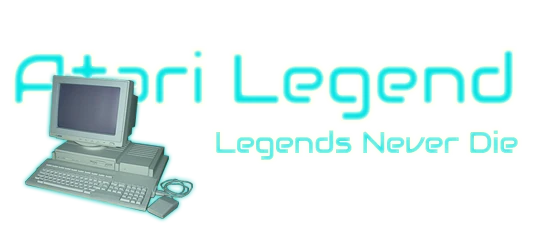

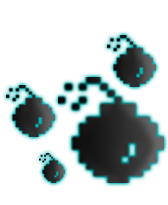





As a comic book fan, Jean-Michel Masson wanted to pursue a carreer in computer graphics. But in the early 80's there weren't many art programs, so he had to code them himself. He got fascinated by Assembly language and decided he wanted to become a programmer. The rest is history. He had a nice career at the French development company Titus, where he had programmed the games Titan and the infamous racer Crazy Cars 2 for the ST.
There is currently no profile available in our database
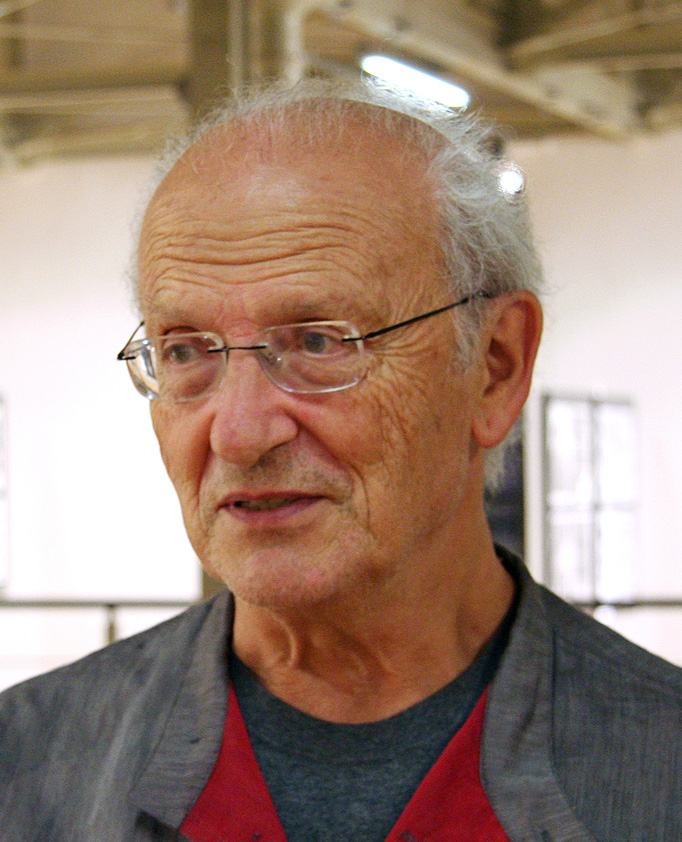
As a kid, Jean-Michel was a fan of comic books and artist Jean Giraud (aka Mœbius) (depicted here) was his hero.
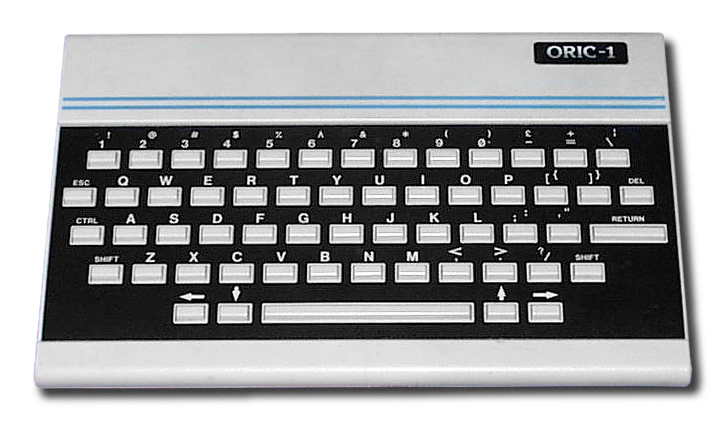
His computer journey started on the ORIC-1, the famous French 8-bitter, on which he programmed a little art program.
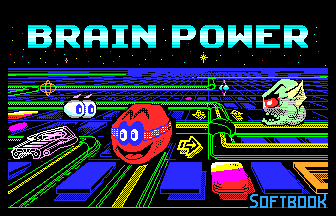
Brain Power, for the Thomson line of computers, was Jean-Michel's first commercial game, for the company Softbook.
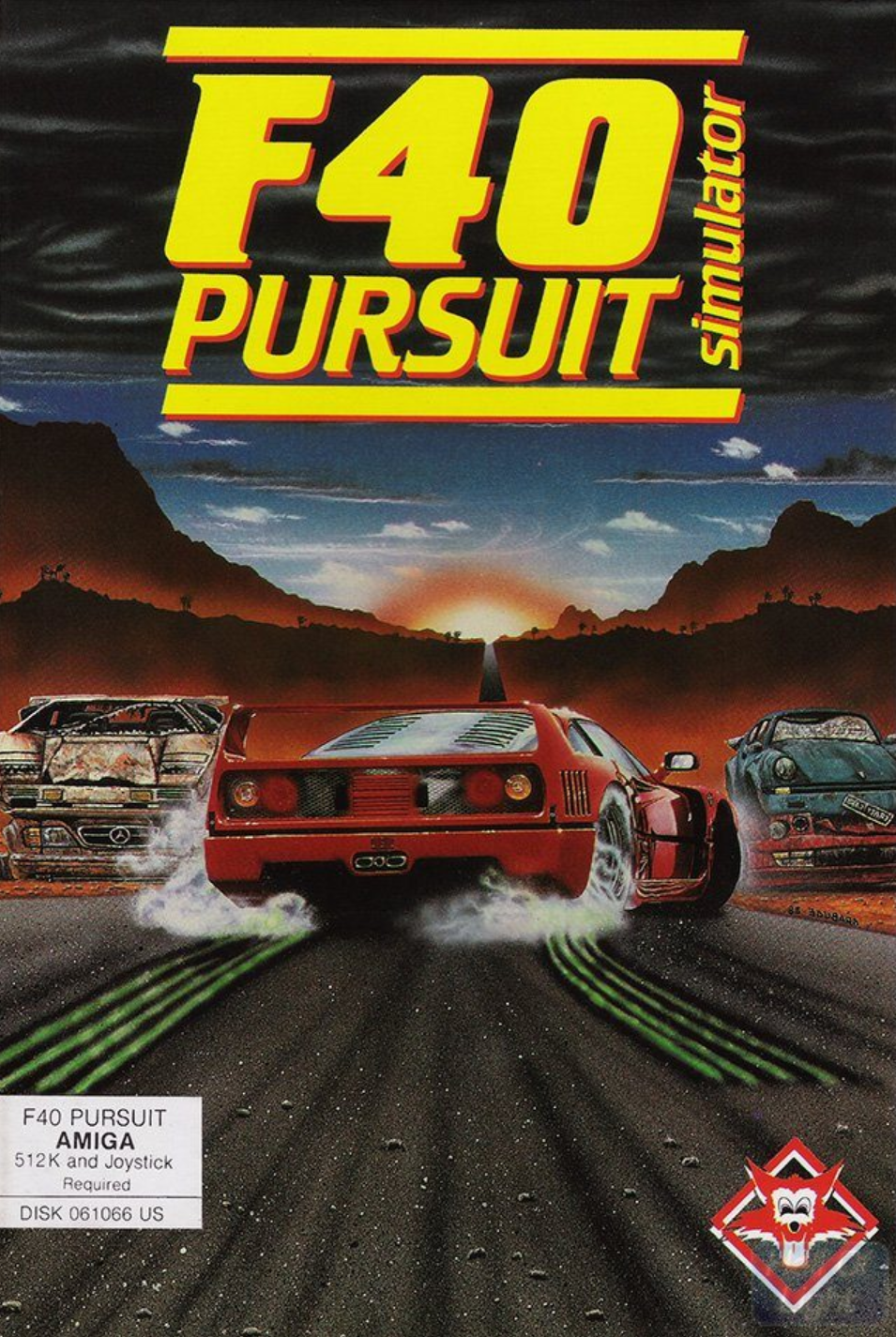
The beautiful boxart of Crazy Cars 2 by artist Grabuge, was a beautiful tribute to the first game. For the American audience, the game was renamed to F40 Pursuit simulator.
1) Hello Jean-Michel. Thank you for this interview. For those who do not know you yet, can you present yourself in a few words?
Hello, I have always been passionate about comic books. It started in my youth. This led me to the wonderful world of computer graphics and game programming. After a career in the gaming industry, I worked in more classic computing applications. And today I am retired.
2) When and under what circumstances did you enter the world of computers? What was your first computer?
I bought my first computer in 1982/83 to do graphics and animations, an Oric-1. But I quickly realized that I had to learn how to code and create my own software, so I fell into programming, from BASIC then to 6502 Assembler.
3) Were you a games player at the time? What were the first games that had an effect on you and when did you know you wanted to become a programmer?
Xenon on the Oric-1 impressed me with its smooth scrolling and its use of colors. To obtain such a colorful game, it was necessary to play around with the constraints of this computer.
Unfortunately, I don't have good reflexes and I never managed to finish this game. I never really was a game player.
To make my own games and graphics I wrote a little art program with a shape filling function, completely in BASIC. it was quite slow, so I started using Assembler. I had to find efficient algorithms, which fascinated me, and it made me want to turn it into my full time job.
4) How and when did you start at Titus? Can you tell us a bit more about your background within this company? I think you were one of the first employees?
Titus was my third job in the video games industry in March of 1988, Titus was already 3 years old.
My first job in this field was as a computer scientist for the French computer magazine Hebdogiciel.
Then Softbook Studio where I developed games for the Thomson TO7 and MO5 microcomputers. And finally Titus.
At Titus I was promoted to director of 16-bit development, which covered the development for Atari, Amiga and PC. The so-called 16-bit machines of the time.
I supervised developers and I created games as well as graphic utilities, integration tools, 'Map' editors ... In other words, the tools used to make the development process effective which saves a lot of time.
5) You mention the first Crazy Cars game on your resume. Did you play a role in its creation?
Crazy Cars was already completed when I started at Titus.
I programmed the sequel, Crazy Cars 2 on the Atari ST, which was a continuation of the first Crazy Cars. I followed the conversion on the PC. Eric Caen also did a conversion for the Apple Mac.
6) I believe Crazy Cars 2 was first entirely programmed by you on the Atari ST? And then converted to Commodore Amiga. Why? And maybe you're an Atari ST fan?
I fully programmed Crazy Cars 2. The route calculation is the same as the first Crazy Cars, but reworked and more optimized. I completely redesigned the display code of the sprites to make it more efficient with the possibility of displaying the images flipped vertically or horizontally, to save precious system memory. The images of the cars in RAM are all tilted in one direction (the right or the left, I don't remember).
The game was developed on Atari ST being the machine I knew best and then converted to PC, Amiga and Mac.
I preferred the Atari ST as I bought one when it came out. At Titus there was the ST clan and Amiga clan, and I was part of ST clan, although I also programmed on the Amiga and PC.
7) What do you remember about the history of Crazy Cars 2? Do you have any cool memories? I think it was one of the first open road games…
I remember that Crazy Cars 2 was renamed F40 Pursuit Simulator for English speaking audiences. I really enjoyed working with Florent Moreau, who was the graphics artist on Crazy Cars 2.
8) As a programmer, do you remember any of the difficulties in making the game? And what are you most proud of? In which language was the game created?
The biggest difficulties were :
- Keeping everything in 512kb of memory. Often the audio is integrated at the end of development when the memory is already full! So, you have to make sacrifices.
- And above all, finishing in time for the end of year celebrations, as this is the most important sales period of the year. This constraint involves working late nights and sometimes even on weekends, which poses a problem with family life.
Elements that could not be integrated into Crazy Cars 2 were eventually added in Crazy Cars 3.
The game logic of the games for the Atari, Amiga and PC were written in C, but low-level routines, such as displaying sprites, were written in Assembler. The conversions consisted of recompiling C code and reusing, or adapting, low-level code from previous games. The low-level code being different from one machine to another.
9) You mention the graphics (which are great), all made by Florent. Do you remember anything about this? The software that was used to create it?
We were trying to digitize model cars in the different positions. These scans were then retouched. All graphics were made with Deluxe Paint software on the Amiga.
10) Let's talk about the game Crazy Cars 3. You say that you only worked on an evolution of the road display, then you handed it over to a new developer. Was it Richard Hooper? And why didn't you program the game yourself?
Because there wasn't enough time, I had not been able to refine the playability of Crazy Cars 2, I wanted to catch up with part 3.
I also wanted to improve my programming skills and I changed jobs to discover new fields in computer science.
So, I handed it over to a new programmer who didn't speak French and I didn't speak English, luckily we understood each other very well in the C language ;-)
11) One of my favorite games on the Atari ST is The Blues Brothers. And I see that you have also worked on that title too. Can you tell us more about this project?
I supervised the development of the Blues Brothers. I wrote the 'Maps' system and its editor. This editor was PC and Amiga compatible; the Amiga being used by graphic designers to create the 'maps' - this editor was used for other Titus games as well. The game was developed on PC and then converted to other machines.
12) Titus' platform games on the Atari ST are known for their use of 'flip screen' instead of screen scrolling. Why was this technique always used by Titus?
The game code had to be Atari, Amiga and PC compatible. Also be playable with small configurations for the PC. The flip screen was less annoying, compared to very slow scrolling.
The Titan game was an exception, I coded it on the Atari ST mostly in Assembler.
13) After the 16-bit games, you've moved into the 3D era. Which did you like the most?
More than the game itself, I especially liked the teamwork.
At the time of 2D games each development was done by a single programmer, there was little exchange. I found it a shame.
3D was a big change, a lot of programmers didn't follow. Programming became more complex, the volume of data, work, development time got much greater. It had become necessary to work as a team with a larger organization.
14) Which game are you most proud of?
Brain Power on Thomson and Titan on Atari ST.
Titan was a lot of effort and I had to use some tricks to make the game smooth, lots of work in 68000 Assembler.
15) If you had to go to a deserted island with 2 games, which would you choose?
For me, programming the actual game is the most fun. Even something very simple like for example this that I sent to my partner for my retirement.
Well I admit, the game I play the most is Solitaire.
16) If you could have a drink with anyone, who would it be? Who do you look up to?
I came across Moebius alias Jean Giraud by chance, I didn't dare to approach him and I regret it to this day. I wouldn't have this opportunity anymore, but if it were possible I would have a drink with Major Fatal.
Thank you for everything Jean-Michel.
If you want to learn more about Jean-Michel and the creation of Crazy Cars 2, check out the documentary!
August 5, 2025 by grams88
Martin Brownlow is a living legend. Best known among ST fans for creating the beloved PD/shareware classics Grav and Grav 2, his games are still cherished by many to this day. From a young age, Martin knew he wanted to make games for a living...and he made that dream a reality. In fact, he’s still doing it today. Discover the full story and much more in this exciting new interview.
October 4, 2024 by grams88
Stacey Jamieson began his career at DMA Design, working on titles such as Oh No! More Lemmings, Walker, GTA and others. Over the years, he moved on to Electronic Arts (EA), where he contributed to major games like the Star Wars Battlefront series, Mass Effect, and Need for Speed. Today, he is the co-founder of Expression Games, where he continues to pursue his passion for game development. What an exciting career!
July 29, 2024 by grams88
Who doesn't love a good underdog story? Chris Sharp is a noteworthy apprentice of the renowned François Lionet, as he mastered the art of coding with the almighty STOS Basic. Chris crafted a few games for our cherished ST, including fan favourites like Magic Tomb and the Freaked Out series. Intrigued? Dive into our interview to revisit the era when game development could still be a solo endeavour.
July 16, 2024 by grams88
When Sega released its Master System, it came bundled with the game Alex Kid. To this day the game remains very popular, loved by many. One of those people is Terry Lloyd. More so, Alex Kid was the main inspiration for the Atari ST platform classic Axel's Magic Hammer. But that is just one of his many accomplishments. Terry has been around the block. Working as an artist and game designer at the beginning of the 80's for Gremlin Graphics, he then moved on to Core Design, which he helped get off the ground. During the 90's he contributed to founding the company Malibu Interactive. On the Atari ST, Terry's resumé include Dynamite Dux, Car-Vup, Rick Dangerous 1 & 2, Torvak the Warrior, WarZone and many more. Read all about this veteran of the games industry in this exciting interview.
April 18, 2024 by grams88
It doesn't always have to be about computers, coding and graphics. Adrian Powell, the artist behind the original Lemmings game, crafted all its artwork, including box art and promotional materials. His passion for painting lemmings has persisted over time and he is still painting lemmings to this day. Powell's work remains influential and has helped selling millions of copies of this classic (ST) game.
Currently 0 registered users online
In the past 24h there were 1 registered user online